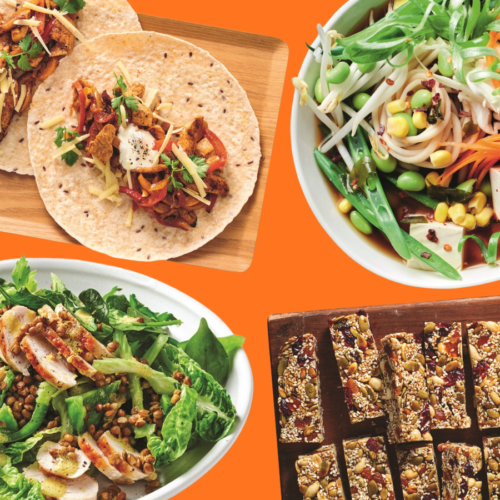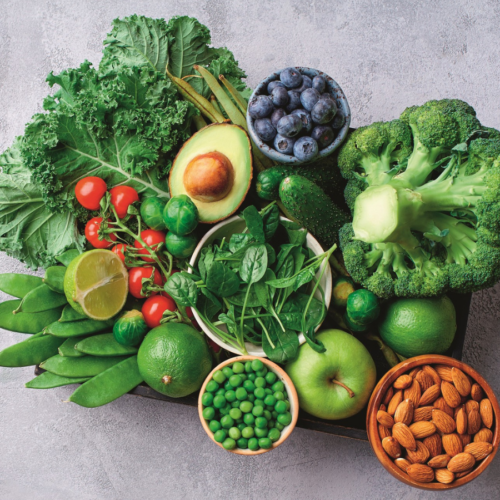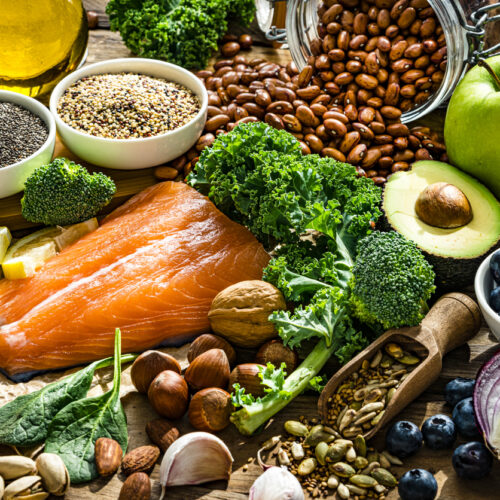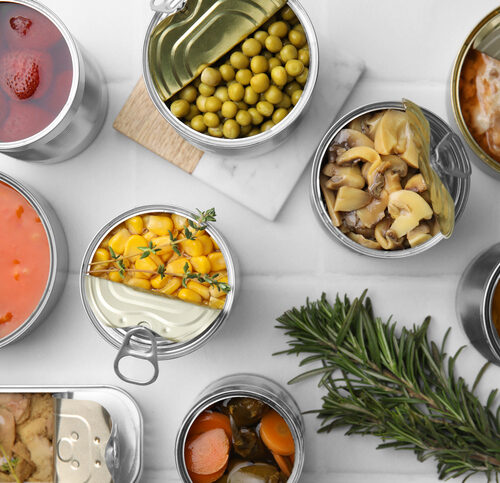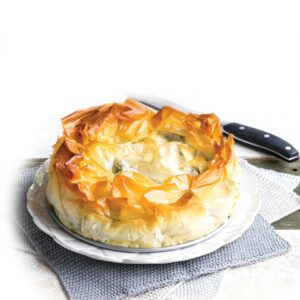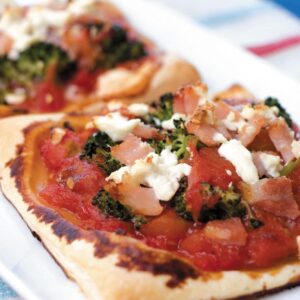
You’ve just polished off a small pottle of yoghurt, thinking it was a single serve. But when you look at the label, you’re surprised to discover the tiny tub contained two serves. Sound familiar?
Food manufacturers can tweak their products’ serving sizes to suit whatever claim they want to make on the label. Take breakfast cereal, for instance. A standard serve of one brand may be 30g (about two-thirds of a cup), whereas another brand’s is 50g. Now 30g is probably much less than the amount most of us pour into our brekkie bowls, but the nutrition information panel makes the cereal seem like a healthier choice. Why? Because a smaller serve provides fewer kilojoules and less sugar. Meanwhile, the other brand’s more generous 40g serve lets its label boast ‘more fibre per serve than other breakfast cereals’, which is entirely true, simply because you’re eating more of it.
Size up your serves
Years ago, serving sizes were much less varied. A slice of any bread weighed 30g, conveniently giving you 15g of carbohydrate (one portion of carbs) and making carb counting much easier if you had diabetes. Today, a slice of bread can weigh anything between 30 and 48g.
The bottom line
To ensure you’re eating only one serve, weigh your usual portion to see how it compares with the serving size on its label.
Compare these different serving sizes
| Homebrand Rolled Oats | 1 serve = 30g |
| Harraways Organic Rolled Oats | 1 serve = 40g |
| Bluebird Ready Salted Multi Pack | 1 serve = 18g |
| Bluebird Ready Salted Chips | 1 serve = 40g |
| Piako Creamy Passionfruit Yoghurt (500g pottle, serve size 100g, 5 serves per pottle) |
1 serve = 100g |
| Anchor Greek Style Pear Yoghurt (180g per pottle, 1 serve per pottle) |
1 serve = 180g |
www.healthyfood.com


